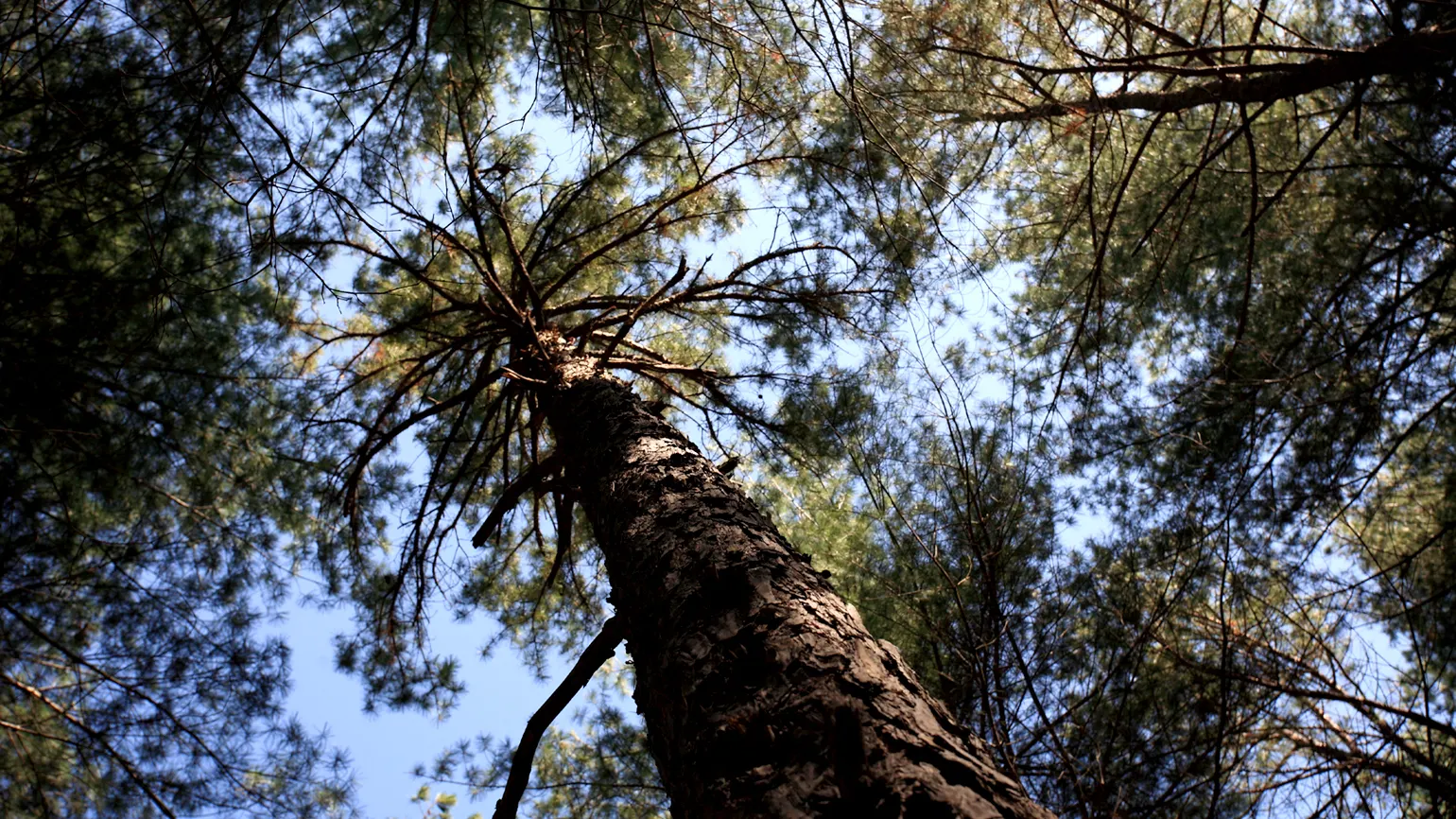Maintaining the Forest for Future Generations
28 Jul 2023

The Doe Run Company is committed to sustainably and responsibly caring for our 35,000 acres of private forested land.
Missouri has 15 million acres of forest. Approximately one third of the state is composed of woodlands, boasting an abundance of walnut, pine, white oak and red cedar trees. These forests provide scenic views and a habitat for native wildlife. They also add almost $10 billion annually to Missouri’s economy through the collection and processing of trees into wood products, generating employment for individuals statewide.
“Many people might be surprised to hear that cutting down trees improves the environment, but actually forests need to be thinned out at times so the remaining trees can have better access to sunlight and nutrients in the soil,” said Dave Patterson, Doe Run’s forestry management coordinator. “We are mindful of how to best clear trees while maintaining the amount of cover and availability of food sources for wildlife.”
Dave’s love for the outdoors began at an early age while growing up in the Arkansas Ozarks. He spent his youth hunting and fishing, so it was only natural that he attended forestry school at University of Arkansas at Monticello. There, he studied dendrology, the scientific study of trees and their traits, and silviculture, the technique and science of forest management. That knowledge – along with his nearly 30 years of experience with Doe Run – guides his approach to caring for Doe Run’s woodlands, primarily located north of Viburnum to south of Bunker in the heart of the Missouri Ozarks.
In order to manage 35,000 acres of forest effectively, Dave and his team first organized the property into 40-acre sections. They then divided those sections of land into smaller sections called stands. Each person on Dave’s team is assigned a particular stand to evaluate. They inventory the trees in each stand, assessing factors like species type, diameter, height, condition, as well as the health of the overall stand, which helps them provide recommendations for the best approach for each stand.
Dave also manages tree populations based on the surrounding environment. Erosion is an issue in Southeast Missouri, so at Doe Run we use techniques such as single tree selection harvesting, which is a sustainable and effective forest management practice that reinforces conservation efforts used by the neighboring L-A-D Foundation’s Pioneer Forest. This method of tree harvesting allows us to create a cutting cycle rotation of 15 to 20 years and the ability to adjust this cycle if necessary.
Replenishing harvested trees is important for a variety of creatures that call the forest home, from milkweed bugs to chickadees to black bears. We follow best practices to preserve the forest habitat for our local wildlife populations. Throughout his career at Doe Run, Dave estimates he and the Doe Run team have planted more than 500,000 trees and supervised the natural regrowth of thousands more.
“When we cut trees in certain areas, we must think about how it will affect the animal population by reducing the cover and food sources available. To compensate, we create food plots in areas where we removed many oak trees, which were a source of food for wildlife. This is meant to provide a supplementary food source for the animals.”
Dave Patterson, Doe Run’s forestry management coordinator
Supporting Missouri’s Economy
When the time comes for trees to be cleared for the health of the forest, the harvested trees are used as timber. Doe Run follows a very prescribed procedure to identify those trees that need to be cut down (species that are over-mature and trees that are diseased or insect-infested). Once the timber is gathered, it is loaded onto trucks and delivered to mills, eventually becoming a variety of everyday products, like cabinetry, flooring, railroad ties, pallets, and wine and spirits barrels. In fact, Missouri’s white oak trees are a highly sought-after commodity for barrel-making because they contain the natural chemical tylosis, which helps create an impermeable seal when made into barrels. It takes, on average, nearly 100 years for a white oak tree to grow large enough to make a barrel.

In nearby Salem, Missouri, the Independent Stave Company (ISC) has been producing barrels for over 100 years. Today, it is the largest barrel manufacturer in the world. ISC uses white oak from Doe Run’s property, among others, to produce barrels for distillers and wine producers across the U.S. and in more than 40 other countries.
Upon the arrival of the timber, experienced loggers at ISC’s mill meticulously inspect each tree to guarantee that only the finest grade is selected for use in the crafting of airtight barrels. After selection, the logs are sliced into boards. Next, the boards travel to ISC’s cooperage in Lebanon, Missouri. Here, they undergo a steam bath, which initiates the formation process. It can take anywhere from one to two years until the barrels are suitable for containing bourbon, spirits and wine.
“In order to protect our future business and the future of our planet, we must keep collaborating with conscientious landowners who implement forest management, like Doe Run,” said Chad Cook, log buyer and manager at ISC. “We have to do everything in our power to ensure that the next generation has enough healthy, mature trees to harvest, as well as to maintain the natural beauty of our region.”


